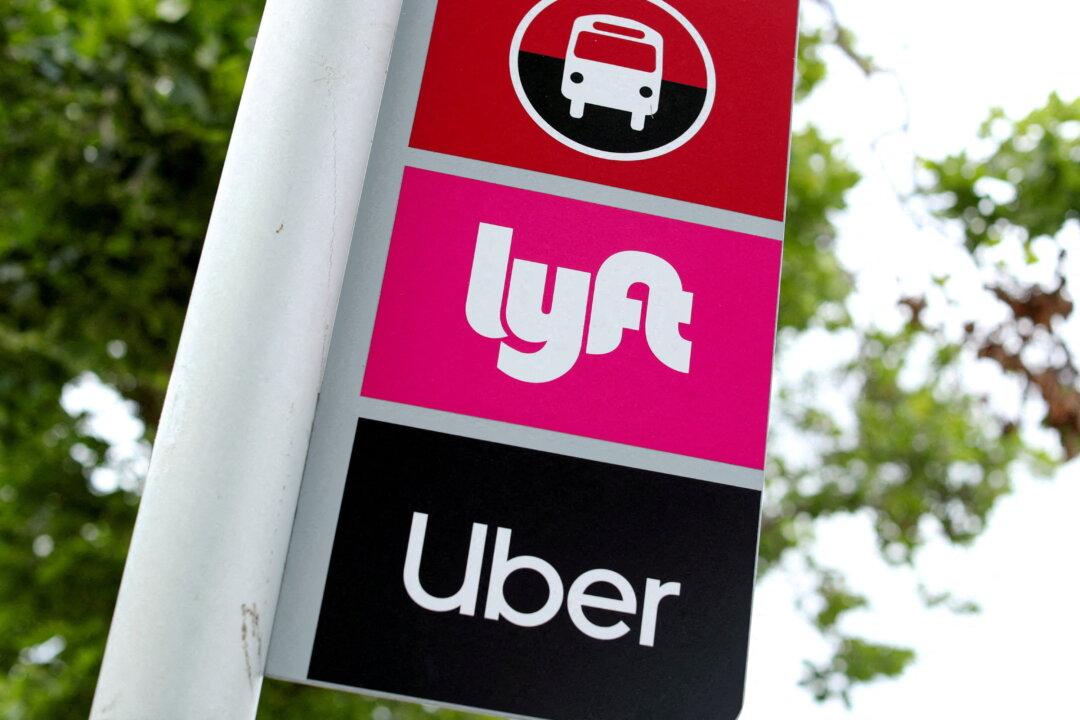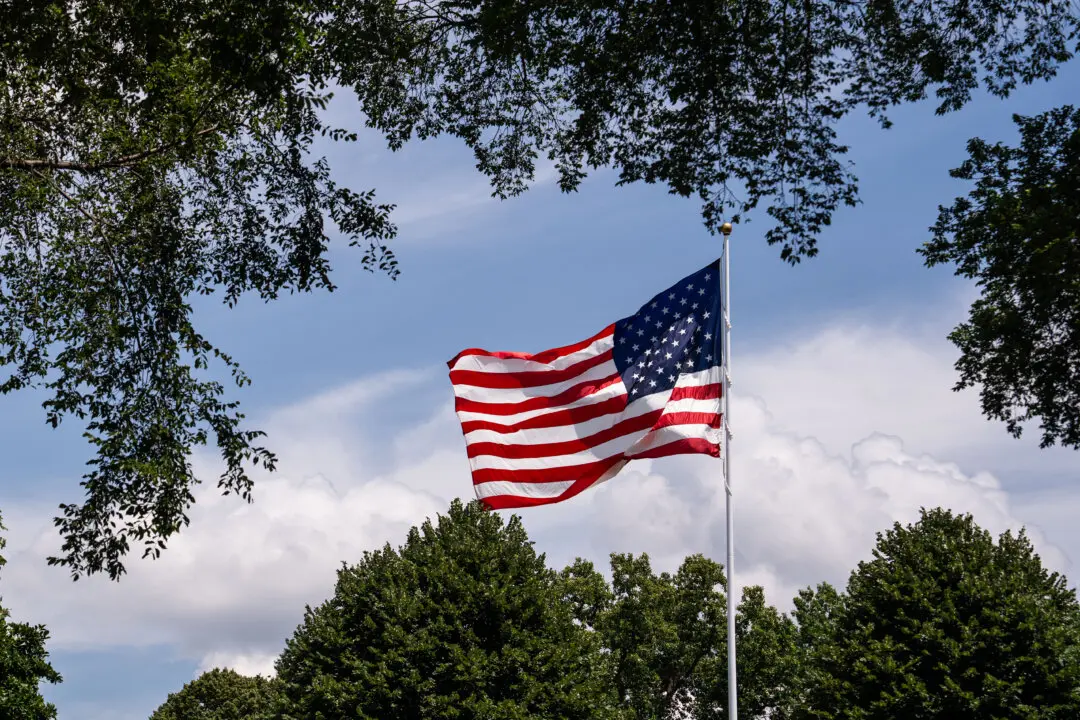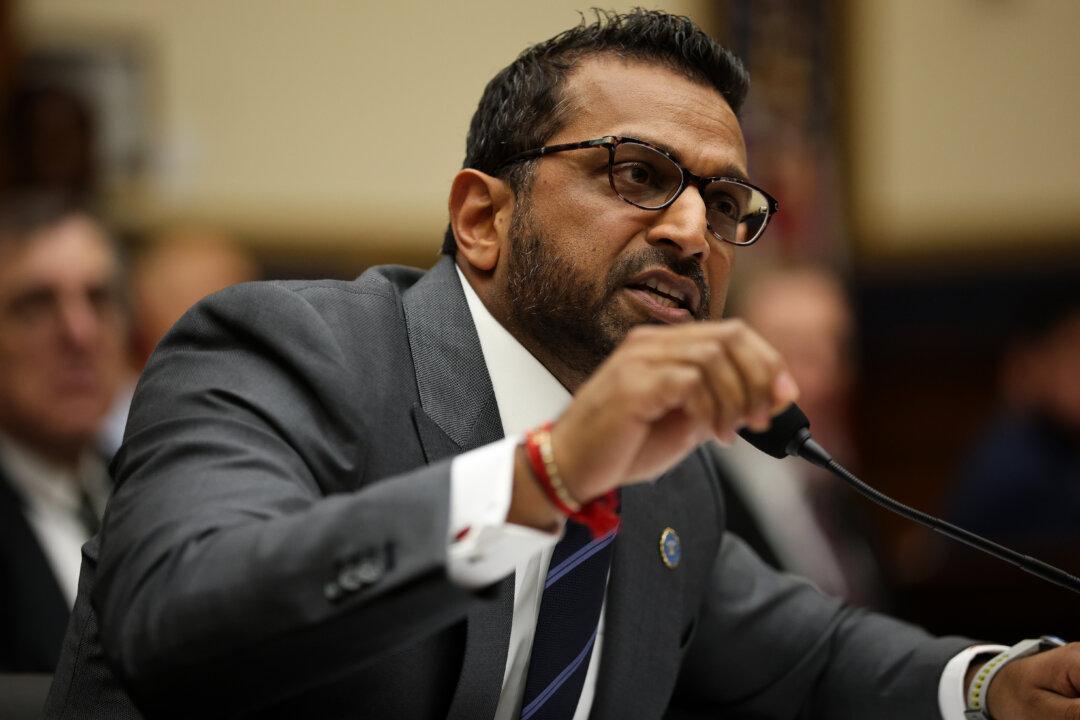The majority of Gen-Z self-employed individuals, including freelancers and gig workers, are unaware of their obligation to pay taxes on a quarterly basis, with many feeling anxious about taxes and getting information about the topic from social media, according to a November survey.
The survey was conducted among 1,000 Americans between the age of 18 and 24 by Lili, a banking app targeting freelancers. It found that 90 percent of self-employed individuals had no idea they had to pay quarterly taxes, As such, Gen Z freelancers could be at risk of receiving penalties, Lili said in a blog post on Nov. 21, 2022. Failure to make quarterly tax payments can attract a 0.5 percent penalty on unpaid dues for each month the amount remains unpaid.





